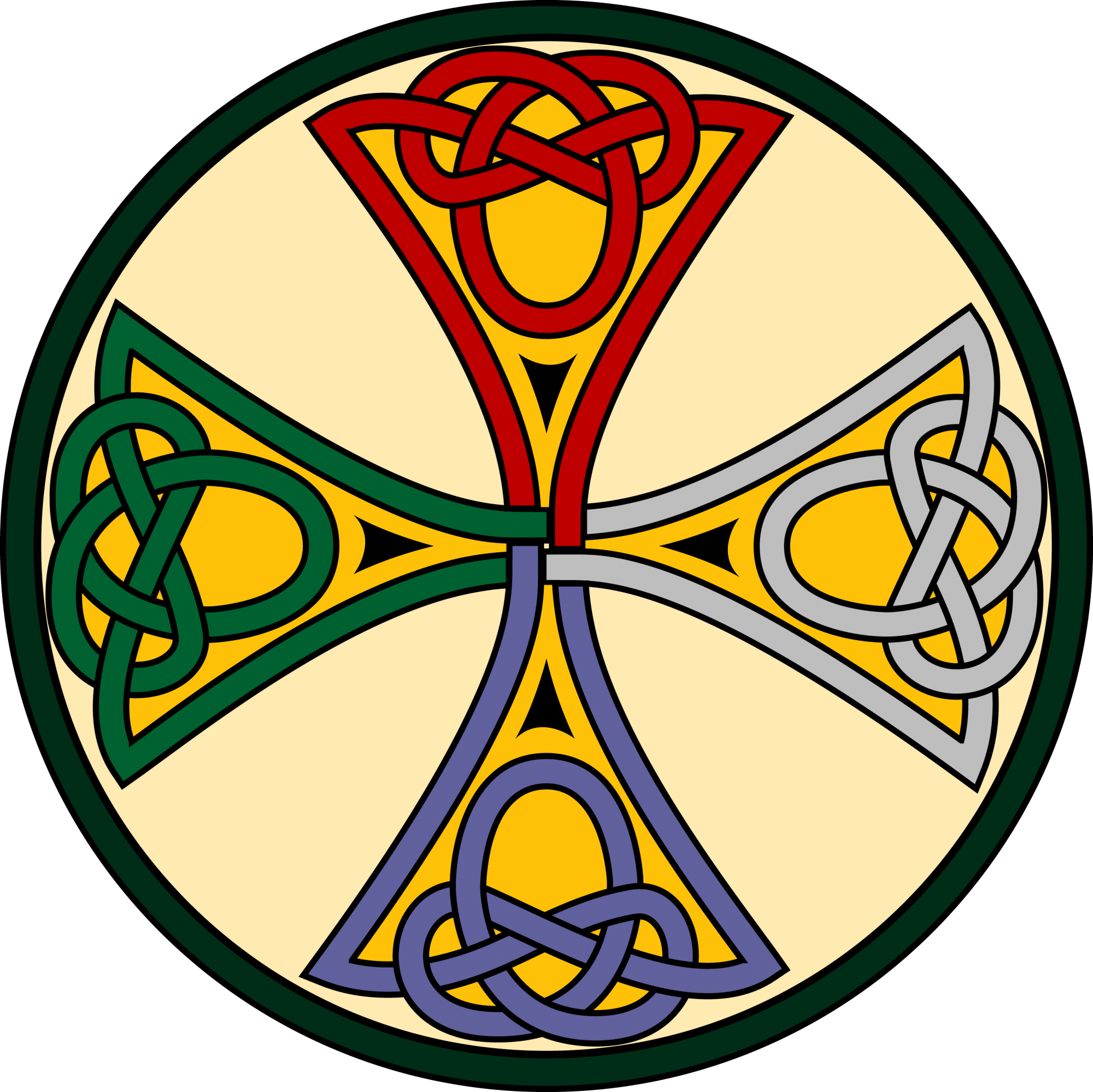Today’s blog is written by guest author Barry A. Wilson, a RAND research programmer and co-authour of such works as A Question of Balance: Political Context and Military Aspects of the China-Taiwan Dispute (2009); Measuring Interdiction Capabilities in the Presence of Anti-Access Strategies: Exploratory Analysis to Inform Adaptive Strategy for the Persian Gulf (2002); Dire Strait? : Military Aspects of the China-Taiwan Confrontation and Options for U.S. Policy(2000); Ground Combat in the JICM(1995); Analytic War Plans: Adaptive Force-Employment Logic in the RAND Strategy Assessment System (RSAS) (1990) and The Secondary Land Theater Model (1987). These and other RAND publications are available in the RAND online bookstore http://www.rand.org/pubs/.
Like many Westerners, I suppose, I have never had much contact with acupuncture and Oriental Medicine (OM) and only thought of it vaguely as a folk art that worked more or less by accident. I’ve since come into a much closer relationship with Oriental Medicine and have found that it makes sense to me in terms of my own profession, computer modeling.
A truism about any model of the real world, computer or otherwise, is that it is wrong. All models are abstractions of the world, and therefore inaccurate. The question is, can you do useful work with a bad model, and the answer is of course, yes, as long as you remember that the model is not reality. You can get insight into the real system by working with the simpler model.
Western science has created a model of the human body through the powerful technique of scientific analysis, taking the system apart and understanding each piece in detail. To paraphrase an excellent author on understanding OM, The Web That Has No Weaver by Ted J. Kaptchuk,
Western medicine is concerned mainly with identifying and controlling disease. The Western physician starts with a symptom, and then looks for a cause.
Pre-scientific people created models, too. It’s what we humans do. The ancient Chinese observed people for thousands of years and created a model along the lines of their Daoist philosophy of the balance of opposites in nature, Yin and Yang. Again paraphrasing Kaptchuk,
The Chinese physician looks at everything about a person, all psychological and physiological characteristics, in order to see what is not in balance. The question is not “Is X causing Y?” but “What is the relationship between X and Y?” They do not look for a specific disease or cause to treat, but rather to discern the configuration of the signs and symptoms and then to bring that configuration into balance, to restore harmony.
The limitation of the analytic approach is that by focusing on the details it can miss the complex balances and flows that arise between the parts. The ancient Chinese built their model through synthesis of the entire person and their relationship with the world. Western medical science is just beginning to understand how important the mind is to health, and how personality does not stop at the skin. The limitation of synthesis is that it remains largely an art, the human system seen as a whole is so complex that the experienced practitioner may not be aware of the thousands of tiny signs they are synthesizing into their sense of the balance and energy in the patient.
OM’s human model is in no way a simpler model. Although it describes using simple opposites – hot/cold, dry/damp, Yin/Yang – each balance has its opposite within it, Yin within Yang, to potentially infinite regress. And although it uses words that have been translated into the English words such as heart or liver, these describe abstract functions in the model that are not related to any actual body part.
Where a Western physician might see 6 patients with similar symptoms and diagnose the same condition in each, an OM physician will see 6 very different individuals each in a different state of balance and would likely treat each very differently. But because it sees each person as unique, it cannot be codified into cut-and-dried rules and taught as Western medicine is taught. Western medicine has developed powerful techniques to treat severe illnesses. My friends in OM would say, if you have pneumonia go see a Western doctor, but if you have a problem of systemic balance, such as chronic pain, fertility, recurring headaches, go see a person trained in observing your whole self.
As an abstract model, OM represents the human being better in some ways than others. No doubt some parts are very poor representations. But as a holistic model, you can’t carve off some parts and leave the whole intact. OM is an incredibly sophisticated and complex model of the human system built through close observation of people over thousands of years. In the hands of an experienced practitioner it can achieve results that are simply not possible using the analytic techniques of Western medicine. The strengths and weaknesses of each approach should be understood and valued for what they are.
